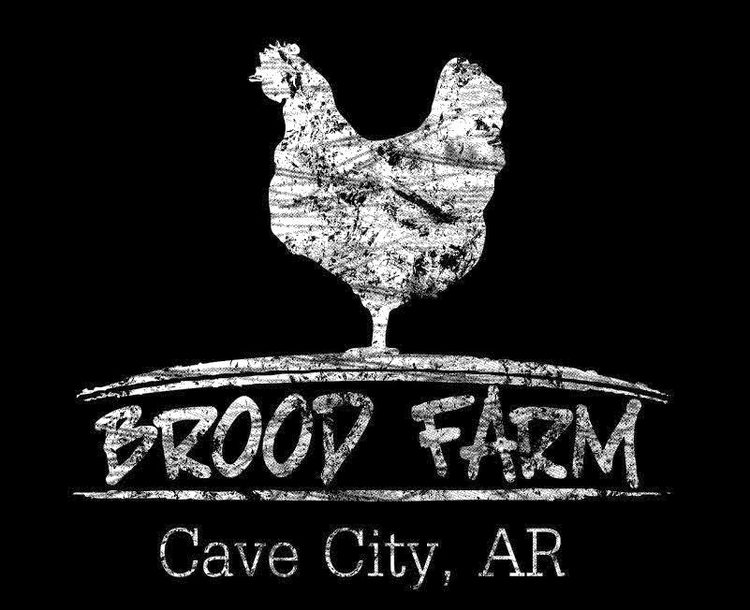Many months ago, John ordered some chicks from the hatchery. And, surprise, with his order of meat chickens, he received a free "exotic" chick! This little chickie looked different than her housemates from the outset.
And, since she was so much smaller than the quick-growing meat chickens, Girl 2 jokingly named her "Chubby." She was a favorite from the beginning because she wouldn't be eaten. She would eventually get to move into the hen house.
We all breathed a sigh of relief when we discovered that Chubby had survived the dog attack when the chicks were very young. And once she'd gotten all her feathers, John was able to identify her as an Aracauna, one of his favorite laying breeds. Once again, we were excited at the prospect of adding her to our laying flock.
When Chubby was 8 weeks old, she watched as one by one her housemates were removed from their house, never to return. Chubby couldn't yet move in with the big girls, though, because she was still too young to eat their laying feed. She would have to survive another 10 weeks in her own tractor alone.
She proved to be one tough chicken. Once all her housemates had made the transition from backyard to freezer, she braved the cold alone. When her tractor was completely snowed in, she hunkered down and awaited the thaw. Farmer John dutifully cared for her as she grew bigger and bigger all alone in her tractor.
In fact, she got a lot bigger than we'd expected. She started to actually be "Chubby." That seemed a bit odd.
Then, early this morning, Little Boy looked up from his breakfast and said, "Momma, the chicken is doing sumfin' funny!" and we all flocked to the backyard door, peering through the still-darkness and fog and listened.
Yep, Chubby was crowing. As in "cock-a-doodle-do"-ing. As in, Chubby is not a she, but rather a he.
18 weeks. For 18 weeks, John has dutifully cared for and fed this little stinker.
I've been laughing pretty much all morning. What else can you do?
I've said it again and again, but it's so true -- we really do learn new things around here everyday!
I love my chickens, but I can't stand roosters! Any takers? She's, I mean, he's a really good lookin' chicken, but any chicken that crows has no place in our backyard! 18 weeks in, he's officially worn out his welcome!































































